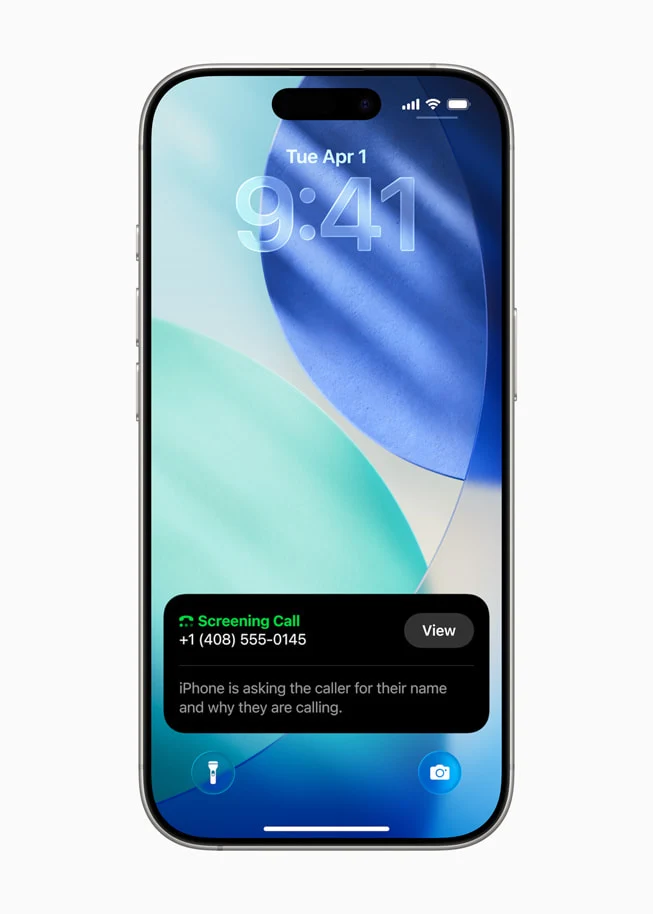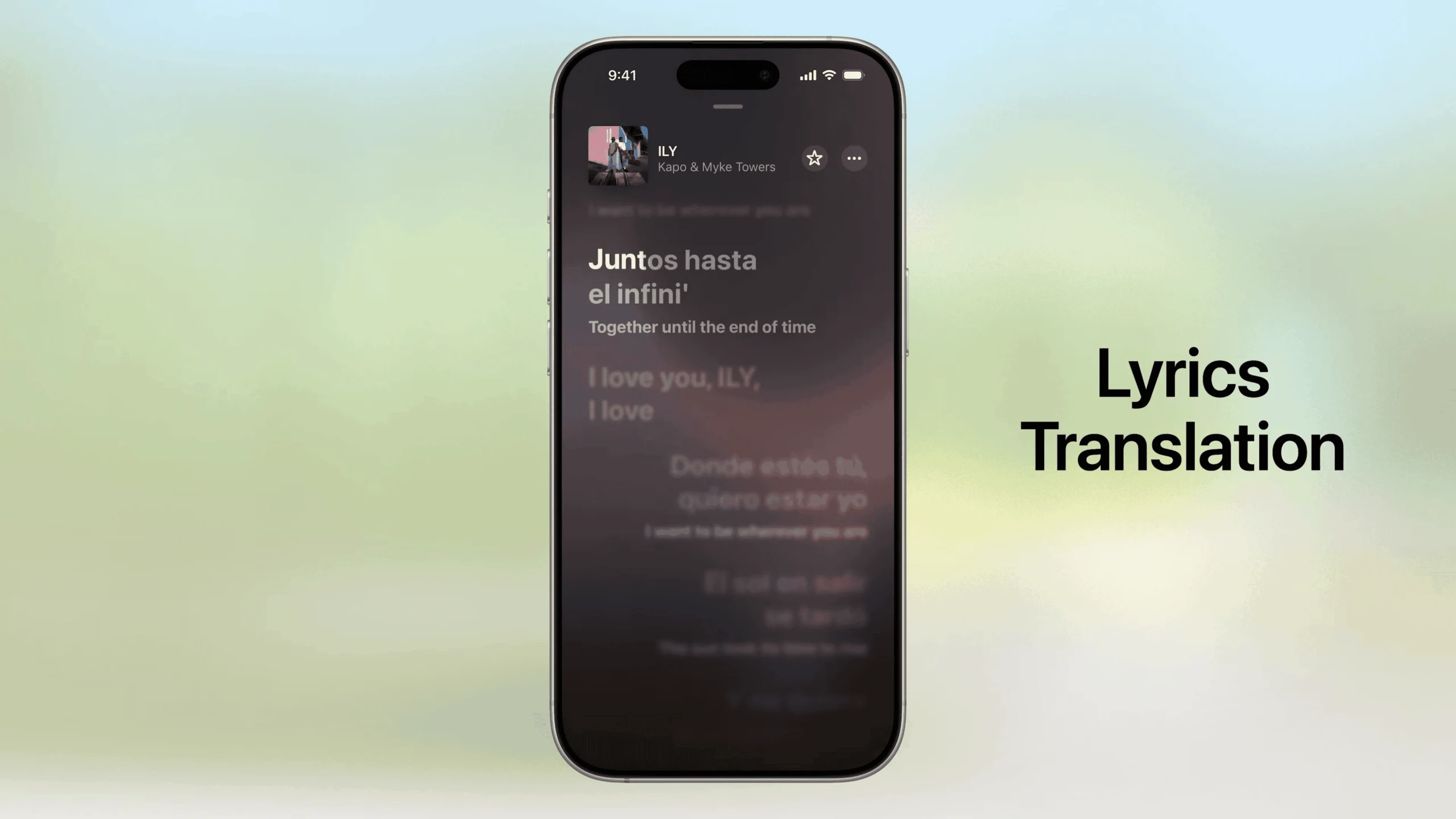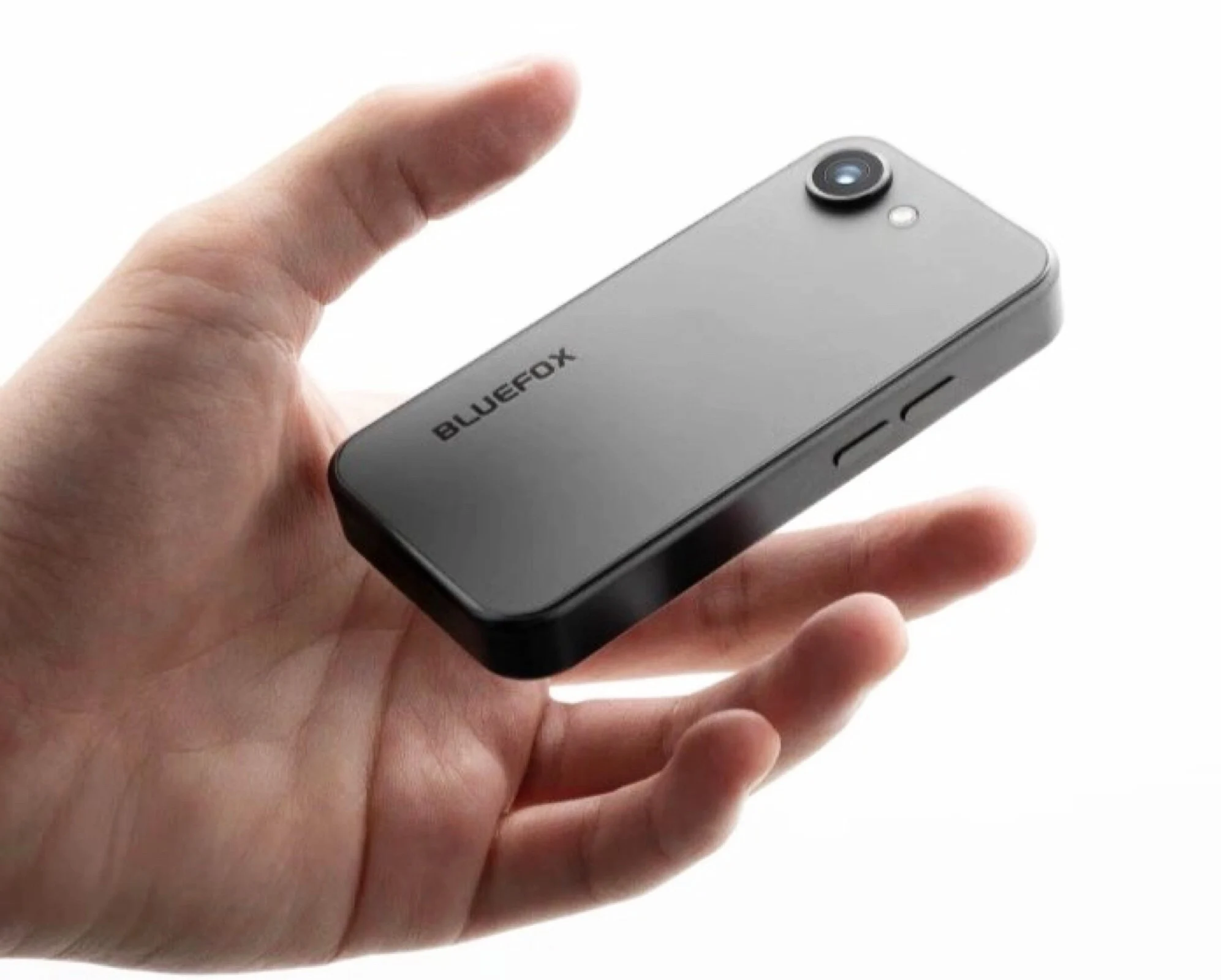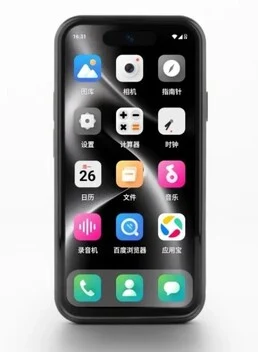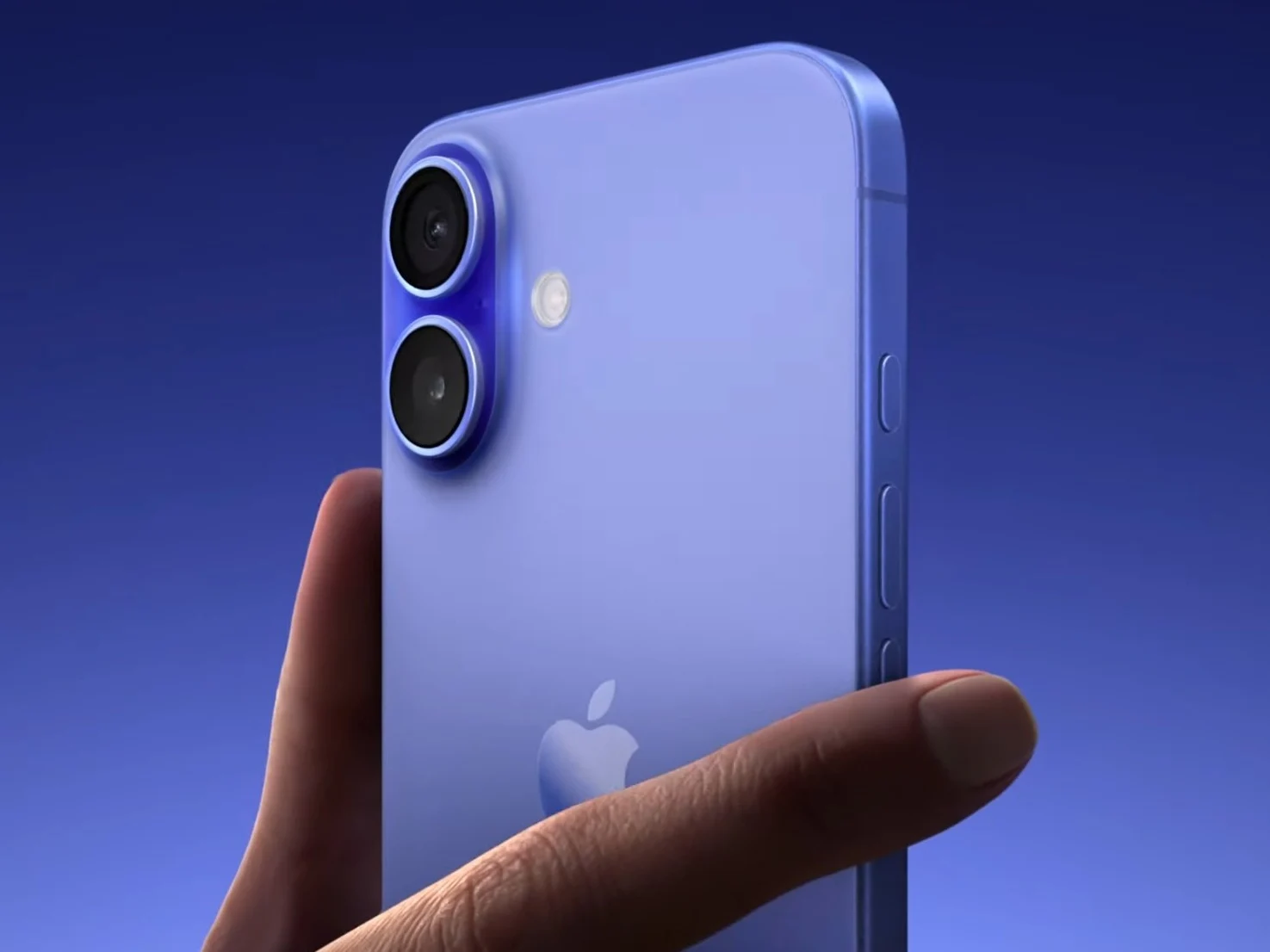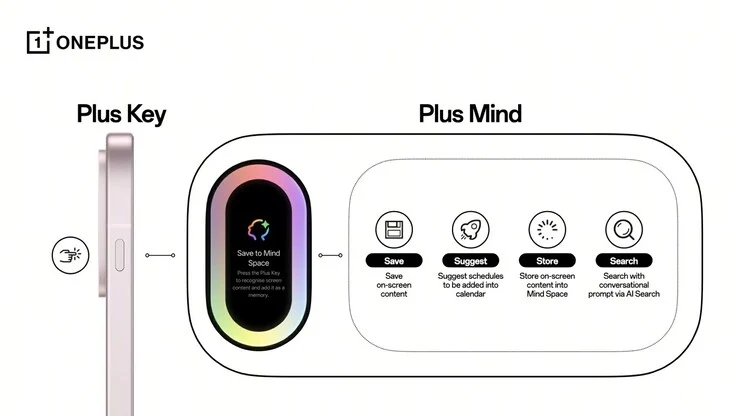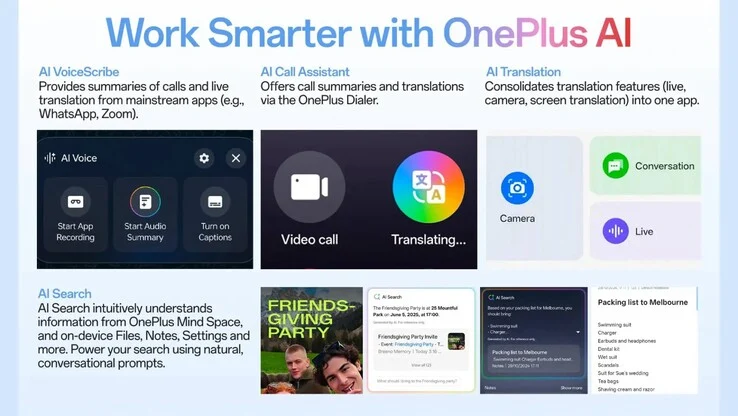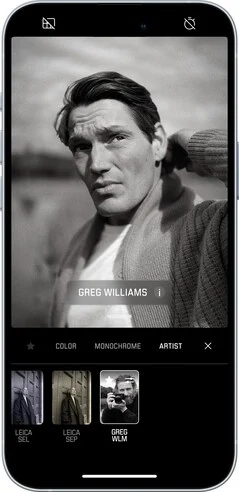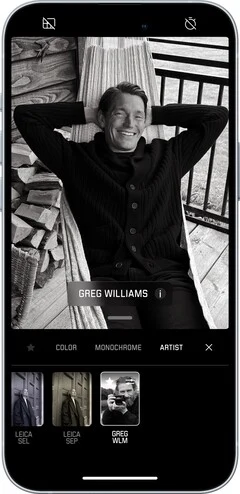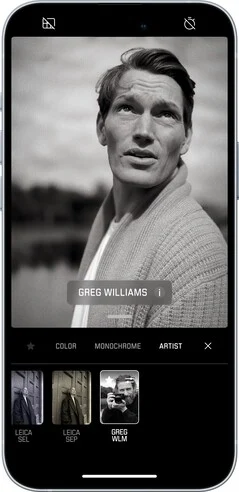Key Takeaways
1. Apple is adopting features from Android, with iOS 26 introducing many long-awaited capabilities.
2. The new Visual Intelligence feature allows users to capture screenshots and search for visible content within apps.
3. Visual Intelligence is similar to Google Lens and Circle to Search found on Android devices.
4. The feature is powered by ChatGPT, enhancing the AI capabilities of recent iPhone models.
5. Apple’s focus on improved software is seen as a response to competition from Android brands.
Smartphone companies are always looking at each other for ideas. Android brands often borrow design concepts from the iPhone, but Apple tends to lag behind when it comes to software capabilities. The recent WWDC 2025 event showcased its latest software suite for its devices, including the new iOS 26. Apple is finally adding many much-anticipated Android features to the iPhones, so let’s take a look at what’s on the way.
New Feature Unveiling
1. Visual Intelligence: Also Known as Circle to Search
Apple’s Visual Intelligence
If you’ve tried Google Lens or the well-known Circle to Search function on Android, this new feature will seem familiar. With iOS 26, Apple is introducing a fresh Visual Intelligence, which, as the name indicates, acts as an on-screen search tool. It enables users to capture a screenshot and look up anything visible within any app. This can include text, objects, locations, or even unfamiliar products.
Enhanced Capabilities
While Apple has been promoting its Apple Intelligence alongside the iPhone 16 series, the new Visual Intelligence takes things a step further, as it is driven by ChatGPT. Therefore, recent iPhones like the iPhone 15 Pro models, as well as the entire iPhone 16 series, will be capable of executing more intricate tasks and answering inquiries through AI.
